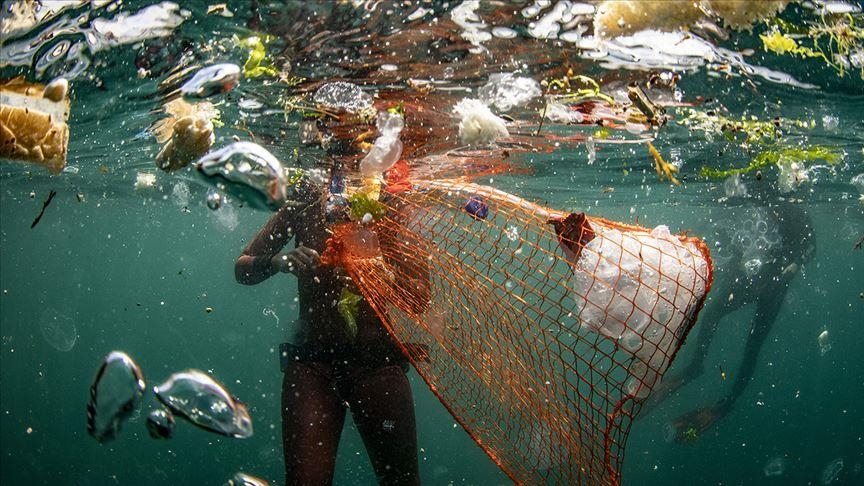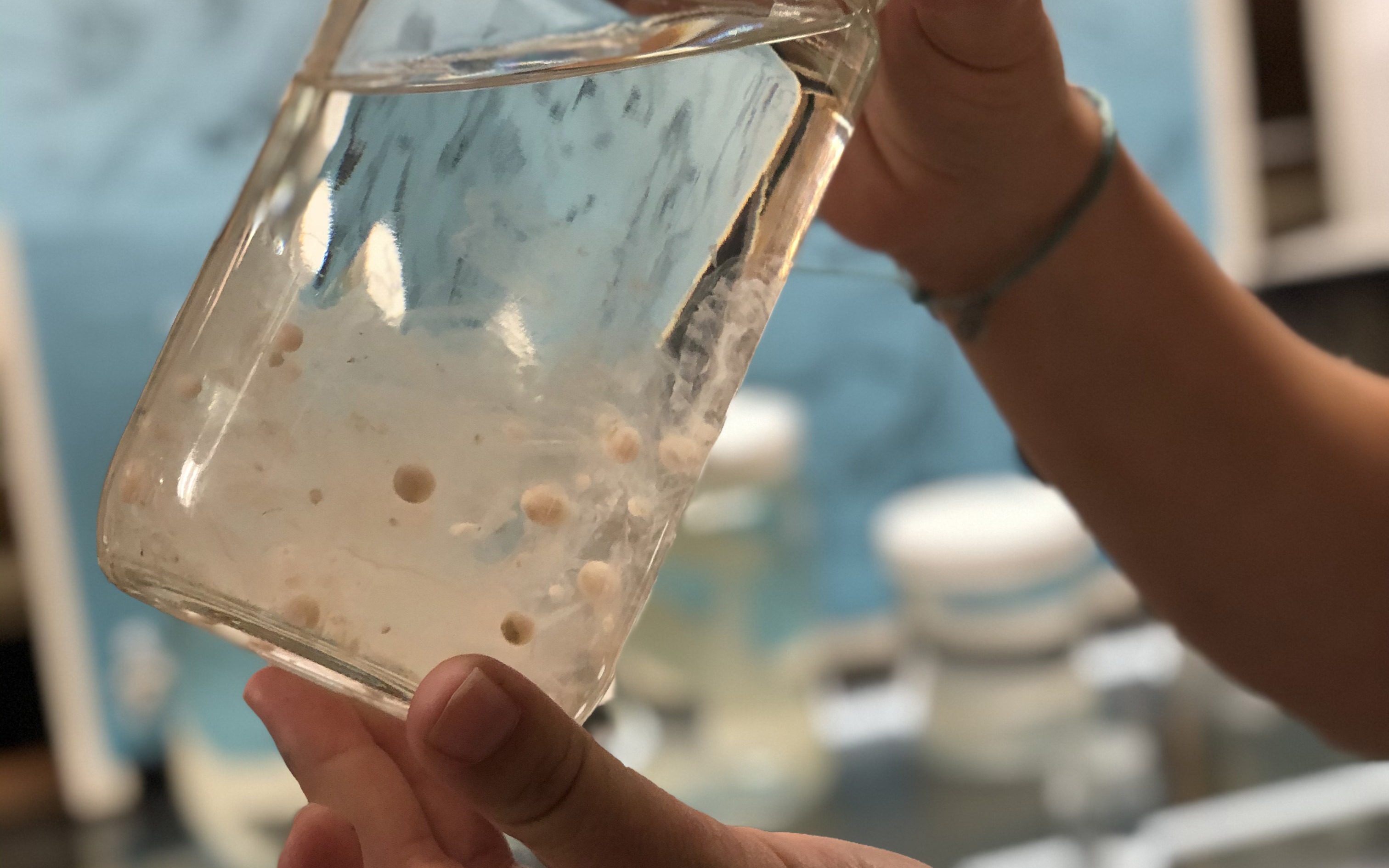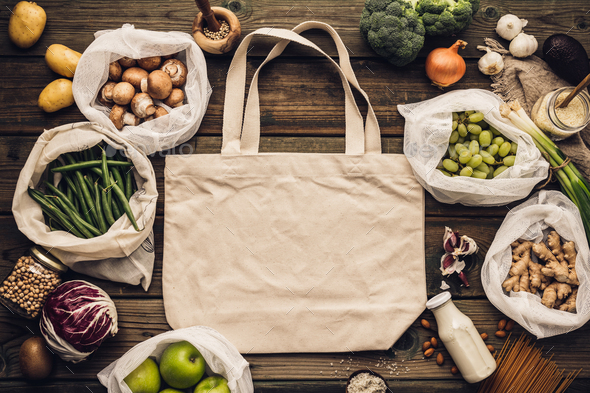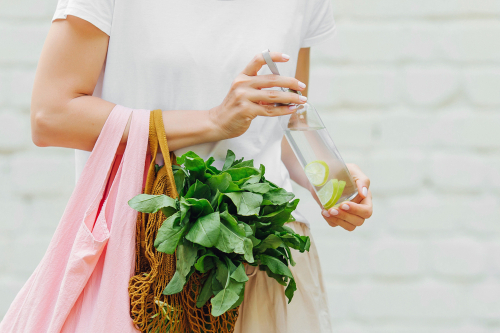Select Your Location
Current Location
United States

Plastic Pollution Coalition; Cleaning Services
- Last updated: Apr 19, 2024
Plastic Pollution Coalition; Cleaning Services
Every year, the average person consumes more than 70 thousand microplastics! We are outnumbered by plastic on this planet.
That's exactly what I mean. Approximately 8.3 billion tonnes of plastic have been produced since the beginning of plastic production in the 1950s. The whole globe has produced more than 2 000 pounds of plastic for each person on our planet in the span of only 70 years.
And if we go back to 1950, we've only recycled 9% of the total!

After subtracting everything plastic that has been recycled or cremated since 1950, we're still left with more than 5 billion tonnes of plastic waste.
So, it should come as no surprise that microplastics are a global issue.
When it comes to microplastics, a sesame seed-sized particle or smaller is considered a microplastic particle. This is because they're generated over time by larger plastic pollution in seas that breaks down over time due to direct sunlight and weathering.

Our water, food, and air are all polluted by microplastics; they're found in everything we touch.
In that blog post, we covered the history of microplastics, how they're generated, and exactly how serious the situation has grown in terms of microplastic pollution.
Researchers have definitively detected microplastics in our usual water and water in bottles and beer and honey, as well as shellfish and fish that have microplastics in their intestines and animals who eat up ground tiny fish in their feed, according to the plastic pollution coalition.
Many remedies exist to combat this issue on all fronts, despite the fact that no magic money balls or drugs can make this situation go away. In addition, if we combine all of these ideas and recognize that cancer, we must address this catastrophe from all perspectives. Only then will we begin to see real and permanent improvement, as well as a global drop in the prevalence of the disease.
Plastic Free Healthy Choice Meals
In a recent study, researchers found that up to 5 grams of plastic may be absorbed into the human body via various routes, including typical food and beverage goods packed in plastic. They are created when packaging such as this is opened or used daily. We breathe, consume, and drink our food and drinks contaminated by these microscopic particles over time. They also have a harmful influence on our ecosystem. In addition, certain plastics include chemicals and additives that may have long-term health consequences on humans! How many statistics do we need to hear before making a good adjustment for our health and well-being?

It's time to stop using plastic and start using glass containers instead. Is it time to give The Plastic-Free Diet and grow healthy?
Think of a diet that allows you to eat everything you want, whenever you want. In contrast to the typical "fad diet," the Plastic-Free Diet is not one. Rather than using plastic, choose glass packaging and get the many health advantages of healthy choice meals. No calorie counting or carbohydrate restriction is required.
With the Plastic-Free Diet, your daily intake of chemicals from plastics will be reduced by reevaluating how you shop for food and drink. To live a better life, we challenge you to start cutting out more plastic from your diet. Glass packaging is the greatest approach to reduce the number of microplastics in your food supply. It seems simple, and believes me, it is. The plastic-free healthy choice meals urge you to make a wise decision and choose better for yourself. Moreover, it also promotes the disadvantages of consuming plastic.

Cleaning Services Initiatives
Many people may wonder why the FDA allows chemicals in plastic to be used in food packaging if they have been connected to all of these health risks.
Vandenberg argues that this is because our regulatory framework is flawed. According to a consensus statement published in March in Environmental Health, the FDA does not compel firms to submit toxicological data on all chemicals that potentially transfer into food. Thus we frequently do not know which chemicals are utilized. To evaluate a new chemical's danger, "we have to know that it's out there," adds Vandenberg.
Clothes manufacturers in the United States have begun to use recycled plastics as an environmentally acceptable alternative to employing virgin plastic, which would otherwise be disposed of as garbage. Post-consumer resins (PCR) are made from recycled plastics and spun into textiles before making garments. In keeping with sustainable business principles, this new way of recycling plastic is in accordance with a company's bottom line while also helping the environment and society.
From delivery and preparation to storage and disposal, audit what you buy and what your customers really consume in your business. The following products should be included in your monthly orders:
- Wrapped in plastic
- The plastic utensils
- Plastic straws
- To-go containers made of plastic
- vessels made of plastic
- lids and stirrers for coffee cups

Healthy Choice Meals; Plastic-Free Grocery at Walmart
Wal-Zero Mart's Waste Shopping Guide. A WalMart is within a 15-minute drive of 90 percent of American households. Some people have no other choice than to buy at a grocery store like this. And healthy choice meals are a necessity nowadays.
Even if you've decided to live a zero-waste lifestyle, that might not be easy. In the absence of bulk containers (although I've found that certain Wal-Marts do have them), how does one go about shopping with zero waste at Wal-Mart?

Opt for a Plant-Based Diet
Non-recyclable plastic packaging is used for all meat and dairy products (not to mention how factory farming affects the environment as a whole). However, if you can acquire deli things in your containers, you may want to look into this.
Since plastic will always end up in the trash can, it's a good idea to limit the amount of needless plastic that you use as much as possible. Plant-based meals will help you grow healthy, and they are also microplastic-free.

How to Grow Healthy
Reduce the use of fossil fuels, which account for the production of plastics, to 99.99 percent. By 2030, plastic emissions might be the same as those produced by 295 new 500-megawatt coal-fired power plants if present projections pan out. Human health is threatened by a wide range of climate change-related issues.
Reduce air and water pollution.
Take care of our natural habitats and food supplies.
Single-use plastic items contain harmful chemicals that should be avoided at all costs.
Reduce your intake of processed foods, many of which are high in plastic.

Recent Blogs

- Baby & Kids
- Syeda Ayesha Zeeshan
- Jan 4, 2024

- Travel & Booking
- Parus
- Jan 3, 2024

- Footwear & Accessories
- Syeda Ayesha Zeeshan
- Jan 2, 2024
Leave a message
Your email address will not be published. Required fields are marked*












